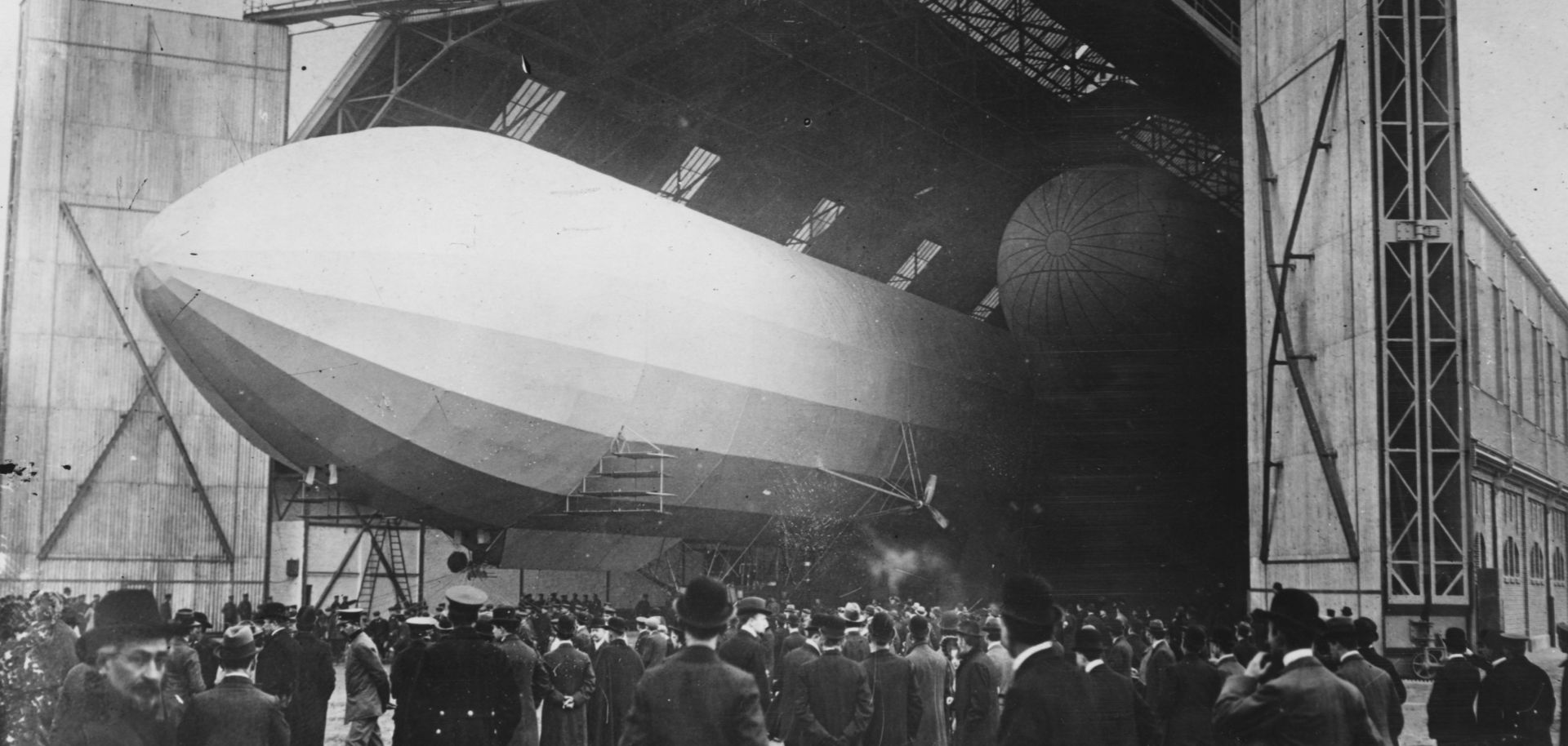ASSESSMENTS
Zeppelin Strike on Britain Foreshadows the Blitz
Jan 19, 2015 | 10:30 GMT

(Hulton Archive/Getty Images)
Summary
On Jan. 19, 1915, the German Admiralty received permission to carry out a bombing raid over England's east coast. Two L-series airships succeeded in dropping ordnance on the towns of Great Yarmouth, King's Lynn and Sheringham, killing four and wounding 16. Although casualties were minuscule compared to the fighting on the Continent, the validity of long-range strategic bombing had been proven, paving the way for the development of bomber aircraft that would eventually eclipse the Zeppelin dirigible on a massive scale.
The Germans used airships throughout World War I despite the high cost, significant attrition rate and comparatively low combat effectiveness. Despite being ultimately impractical as a weapon, lighter-than-air systems, commonly known as aerostats, have remained useful as a military tool in contemporary environments, particularly as a persistent surveillance platform — the purpose for which the first manned balloons were originally intended.
Subscribe Now
SubscribeAlready have an account?
